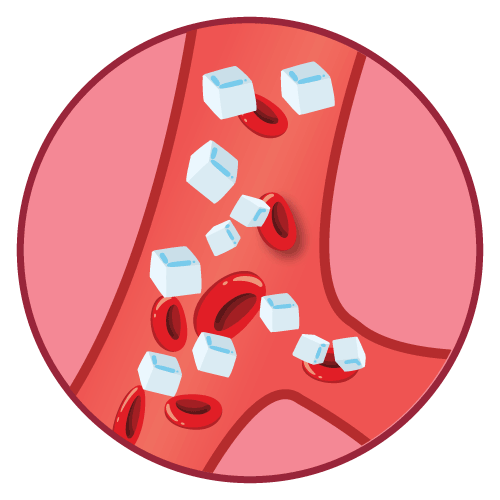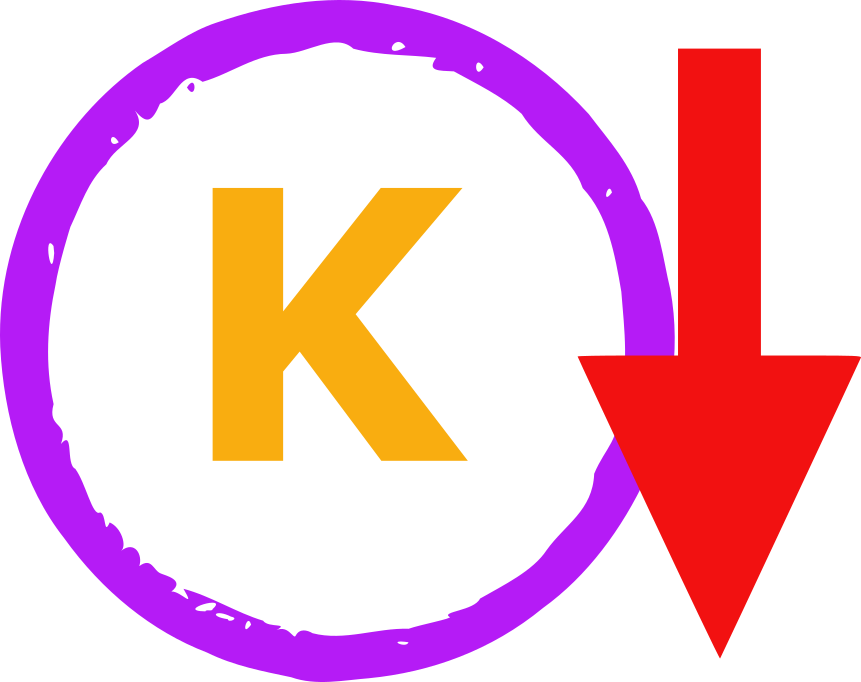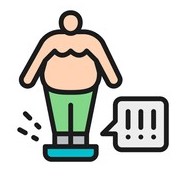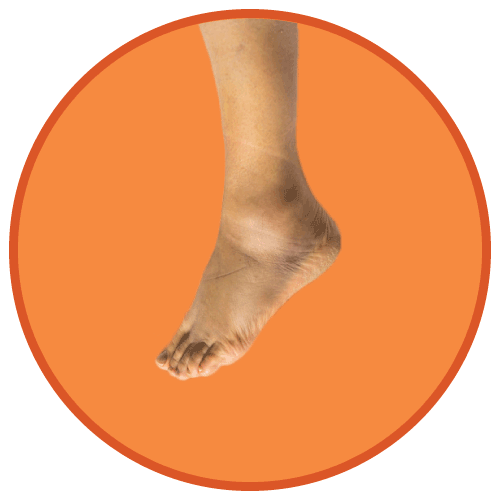| Name | Insulin (Human) 30/70 |
| Classes |
Antidiabetic Agent Metabolic Agent Insulin |
| Diseases |
Type 2 Diabetes Mellitus Hormonal Disorder |
Insulin (Human) 30/70
Insulin (Human) 30/70 is a mixture of 70% Human Insulin Isophane Suspension and 30% Human Insulin Injection (rDNA origin). It is an intermediate-acting insulin combined with the more rapid onset of action of Regular human insulin. The duration of activity may last up to 24 hours following injection.
Insulin (Human) 30/70 is indicated for the control of Diabetes mellitus.
Follow your physician's advice.
Insulin (Human) 30/70 may cause the following side effects-
- Hypoglycemia
- Hypoglycemia is one of the most frequent adverse events experienced by insulin users. Symptoms of mild to moderate hypoglycemia may occur suddenly and can include: • sweating • dizziness • palpitation • tremor • hunger • restlessness • tingling in the hands, feet, lips, or tongue • lightheadedness • drowsiness • sleep disturbances • anxiety • blurred vision • slurred speech • depressed mood • irritability • abnormal behavior
- Hypokalemia
- Lipodystrophy
- Allergy
- Weight Gain
- Peripheral Edema
- Insulin (Human) 30/70 may cause serious side effects, including:
- swelling of your hands and feet
- heart failure
- This lilly human insulin product differs from animal-source insulins because it is structurally identical to the insulin produced by your body’s pancreas and because of its unique manufacturing process.
- Any change of insulin should be made cautiously and only under medical supervision. Changes in strength, manufacturer, type (e.g., regular, nph, analog), species, or method of manufacture may result in the need for a change in dosage.
- Some patients takin human insulin, rdna origin may require a change in dosage from that used with other insulins. If an adjustment is needed, it may occur with the first dose or during the first several weeks or months.
- To obtain an accurate dose, carefully read and follow the insulin delivery device user manual and this “information for the patient” insert before using this product.
- The pen must be primed to a stream of insulin (not just a few drops) before each injection to make sure the pen is ready to dose. You may need to prime a new pen up to six times before a stream of insulin appears.
- Priming the pen is important to confirm that insulin comes out when you push the injection button and to remove air that may collect in the insulin cartridge during normal use. If you do not prime, you may receive too much or too little insulin
Contraindication
Contraindicated in patients hypersensitive to Insulin (Human) 30/70 or any of its excipients.
None known.
Contraindicated during Hypoglycemia.
 Bangla
Bangla English
English





